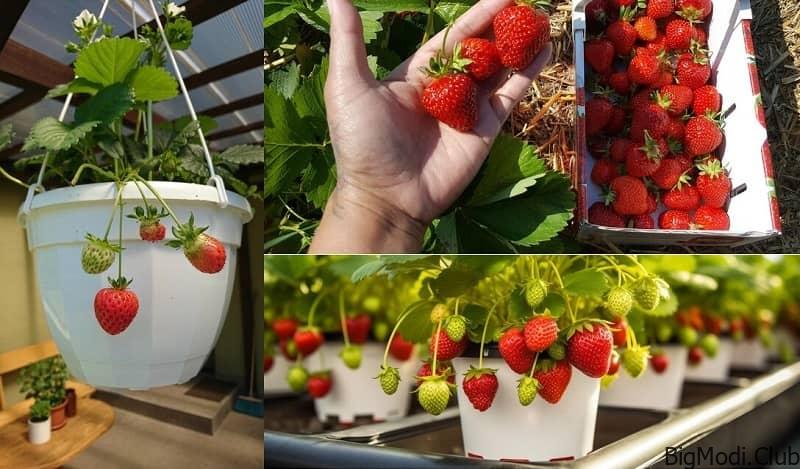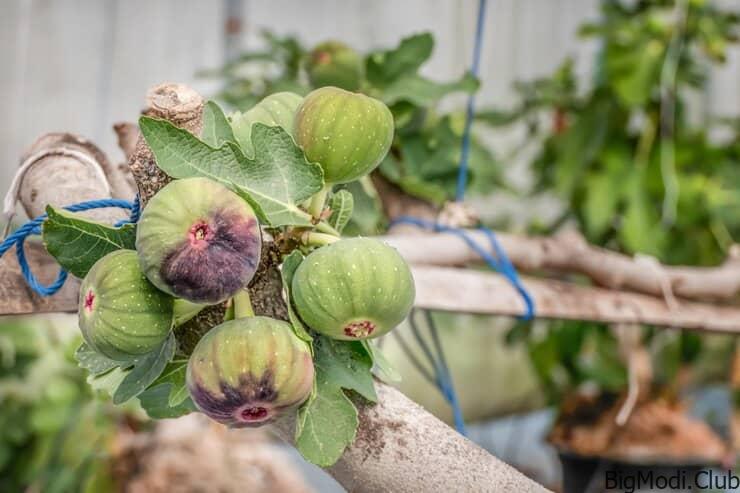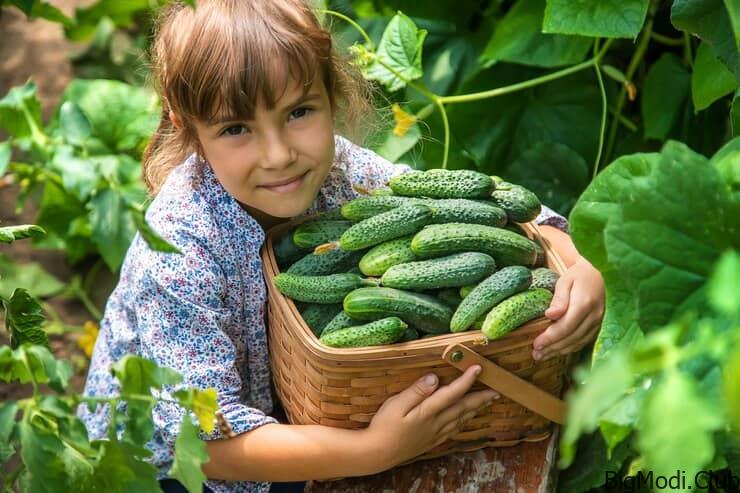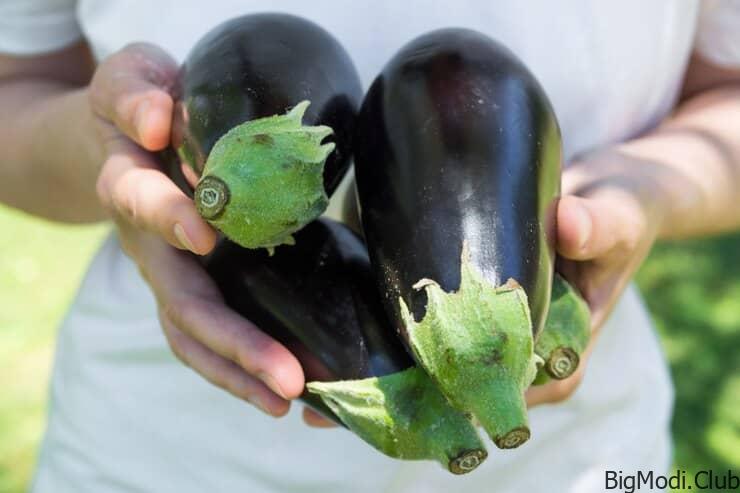Welcome to our comprehensive guide on strawberry growing methods that will revolutionize your harvest. If you’re passionate about cultivating succulent strawberries with unparalleled sweetness and size, you’ve come to the right place. In this article, we delve into proven techniques and expert insights to elevate your strawberry game to new heights.
The Importance of Optimal Growing Methods
Achieving plump, flavorful strawberries isn’t just about luck; it’s about employing the right strategies at every stage of cultivation. From soil preparation to watering routines, each step plays a pivotal role in determining the quality of your harvest. By understanding and implementing best practices, you can unlock the full potential of your strawberry plants and enjoy a bountiful yield season after season.
Choosing the Perfect Varieties
Before diving into the intricacies of cultivation, it’s essential to select the right strawberry varieties for your growing conditions and preferences. Whether you prefer June-bearing, everbearing, or day-neutral varieties, each type has its unique characteristics and advantages. Consider factors such as climate, soil type, and desired harvest period to make an informed decision.
Soil Preparation: Setting the Foundation for Success
Healthy soil is the cornerstone of successful strawberry cultivation. Begin by testing your soil’s pH levels and making any necessary adjustments to ensure optimal conditions for growth. Incorporating organic matter such as compost or aged manure can improve soil structure and fertility, providing a nutrient-rich environment for your plants to thrive.
Planting Techniques for Maximum Growth Potential
When it comes to planting strawberries, attention to detail is key. Follow these essential tips to give your plants the best possible start:
1. Spacing and Layout
Ensure proper spacing between plants to promote airflow and minimize the risk of disease. Opt for a staggered planting layout to maximize space and sunlight exposure.
2. Planting Depth
Plant strawberries at the correct depth, with the crown level with the soil surface. Avoid burying the crown, as this can lead to rotting and stunted growth.
3. Watering and Mulching
Maintain consistent soil moisture by watering your plants regularly, especially during dry periods. Apply a layer of organic mulch such as straw or shredded leaves to retain moisture, suppress weeds, and regulate soil temperature.
Nutrient Management: Feeding Your Plants for Optimal Growth
To fuel robust growth and development, strawberries require a balanced supply of essential nutrients. Incorporate a complete fertilizer formulated specifically for berries to provide a steady source of nitrogen, phosphorus, and potassium. Monitor your plants’ nutrient levels throughout the growing season and adjust fertilization accordingly to avoid deficiencies or excesses.
Pest and Disease Management Strategies
Protecting your strawberry plants from pests and diseases is essential for maintaining a healthy and productive crop. Implement integrated pest management techniques, such as crop rotation, companion planting, and biological controls, to minimize reliance on chemical pesticides. Monitor your plants regularly for signs of infestation or disease, and take prompt action to address any issues before they escalate.
Harvesting and Storage Tips
The moment of truth has arrived: it’s time to harvest your prized strawberries! Follow these harvesting and storage guidelines to ensure maximum freshness and flavor:
1. Timing is Key
Harvest strawberries when they reach their peak ripeness, typically when they are fully red with a glossy sheen. Avoid picking unripe berries, as they will not continue to ripen after being harvested.
2. Gentle Handling
Handle strawberries with care to prevent bruising or damage. Hold the stem between your thumb and forefinger and gently twist to detach the berry from the plant.
3. Proper Storage
Store freshly harvested strawberries in the refrigerator in a single layer to prevent crushing and maintain freshness. Avoid washing berries until you’re ready to use them to extend their shelf life.
Congratulations on embarking on your journey to mastering the art of strawberry cultivation! By implementing the techniques outlined in this guide, you’ll be well on your way to enjoying a bumper crop of delicious, homegrown strawberries. Remember to stay vigilant, adapt to your plants’ needs, and savor the fruits of your labor with each juicy bite.



